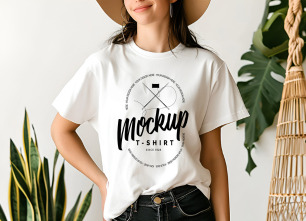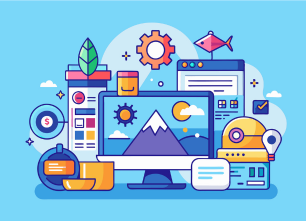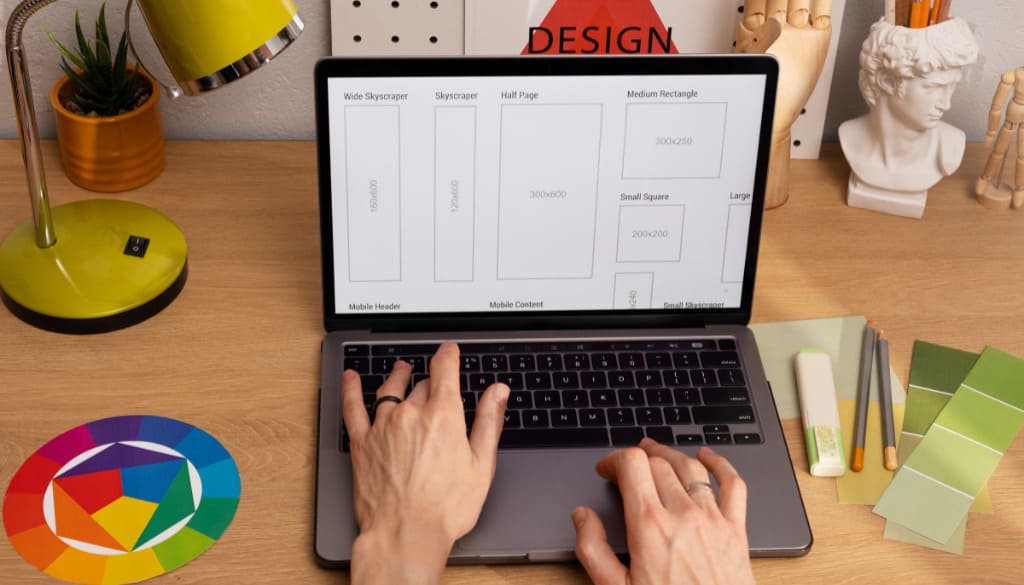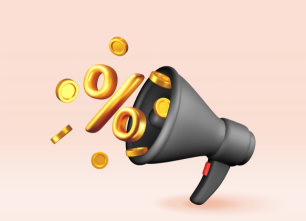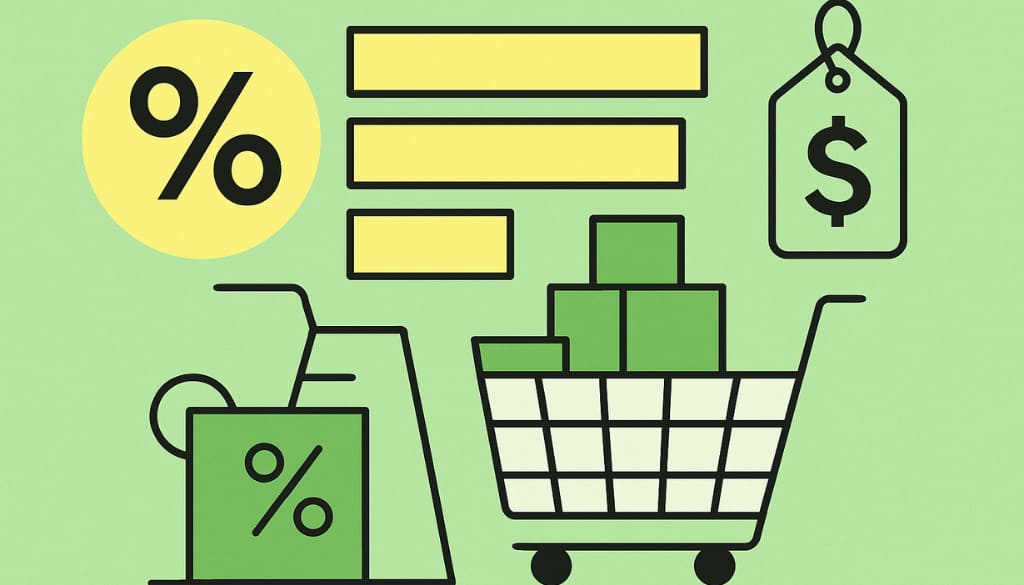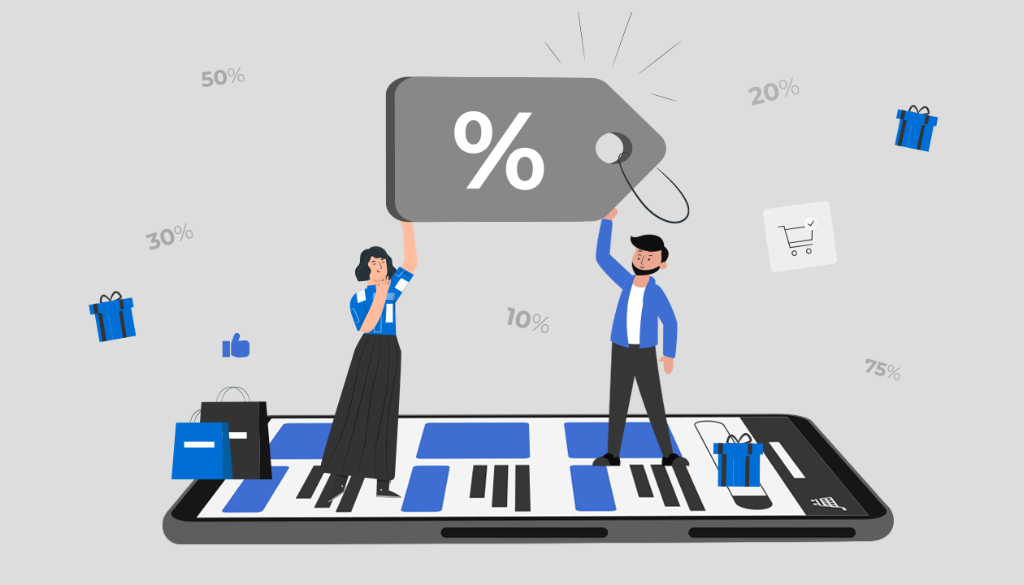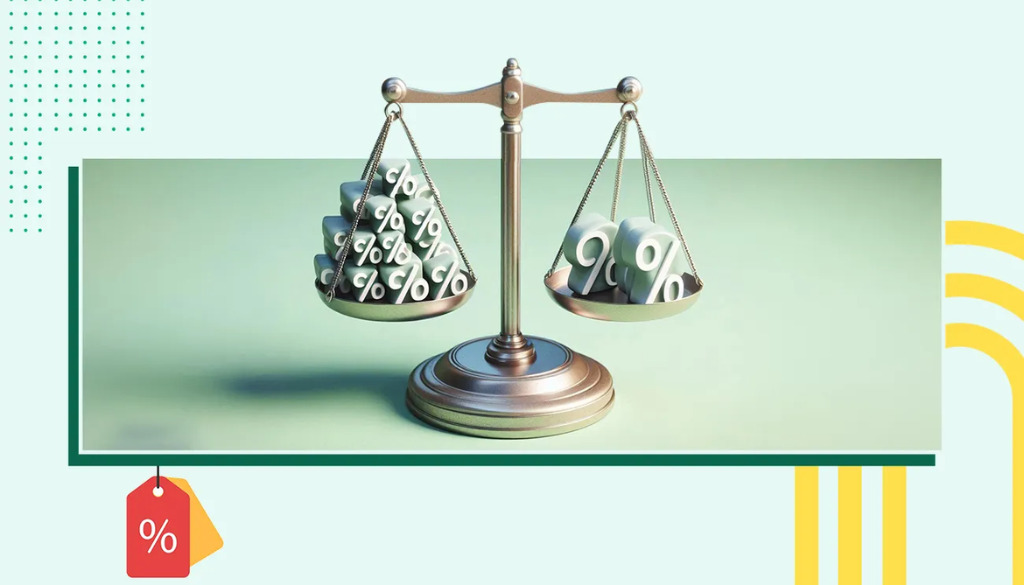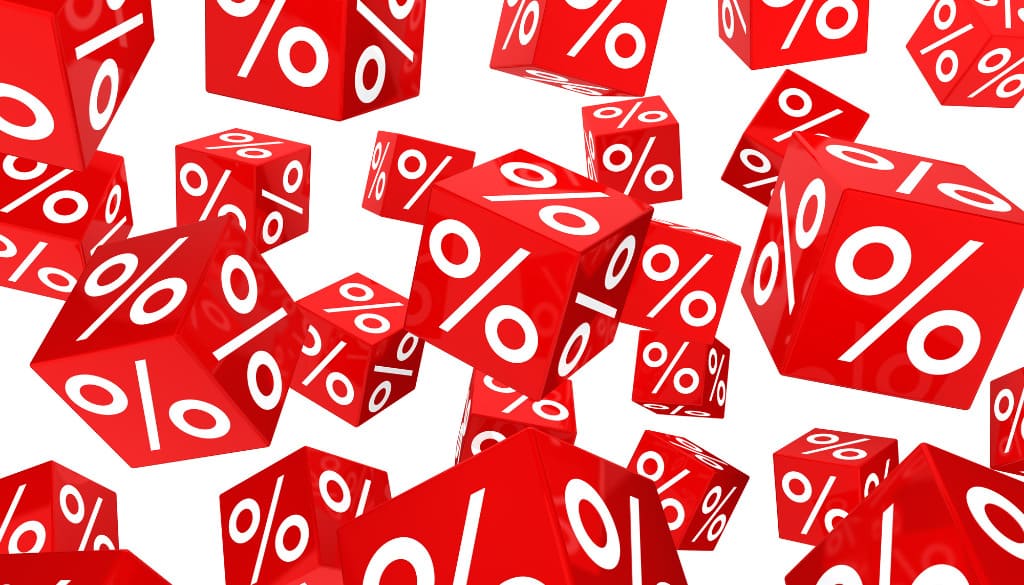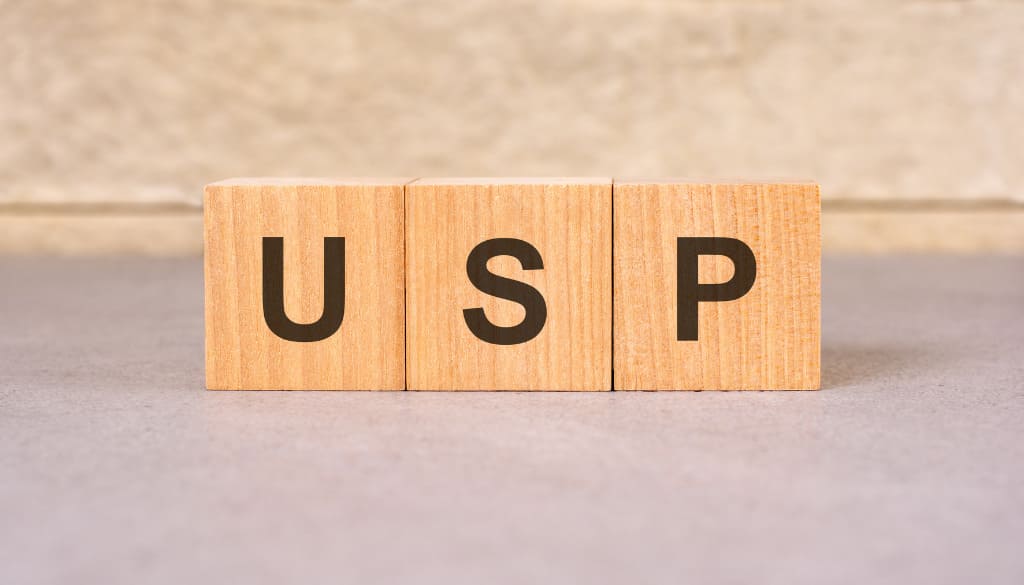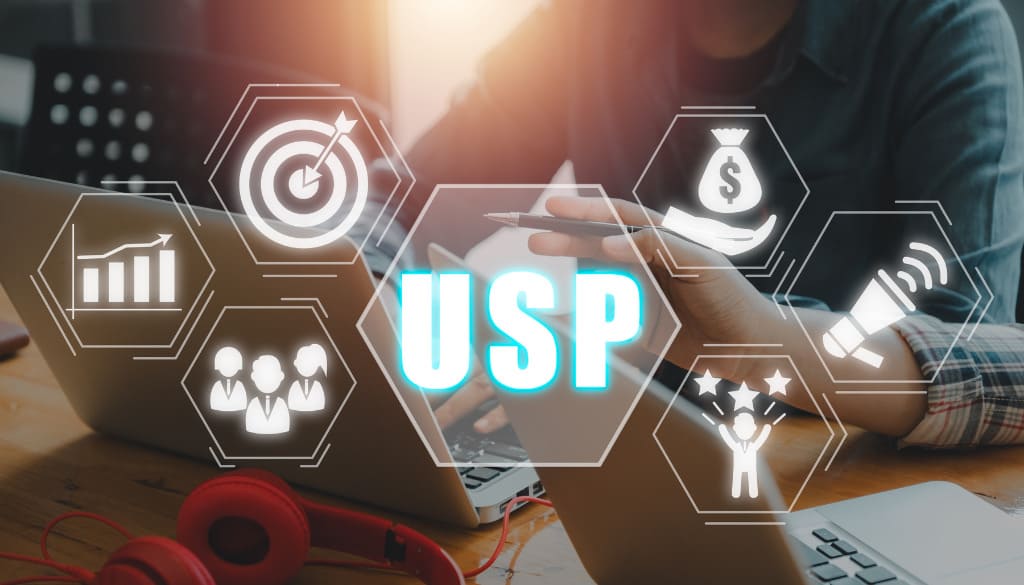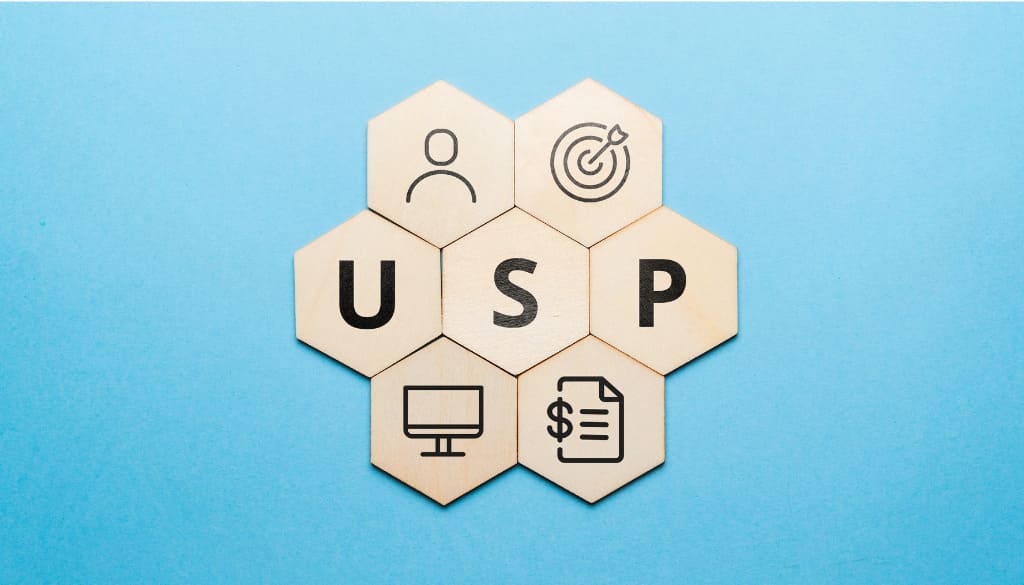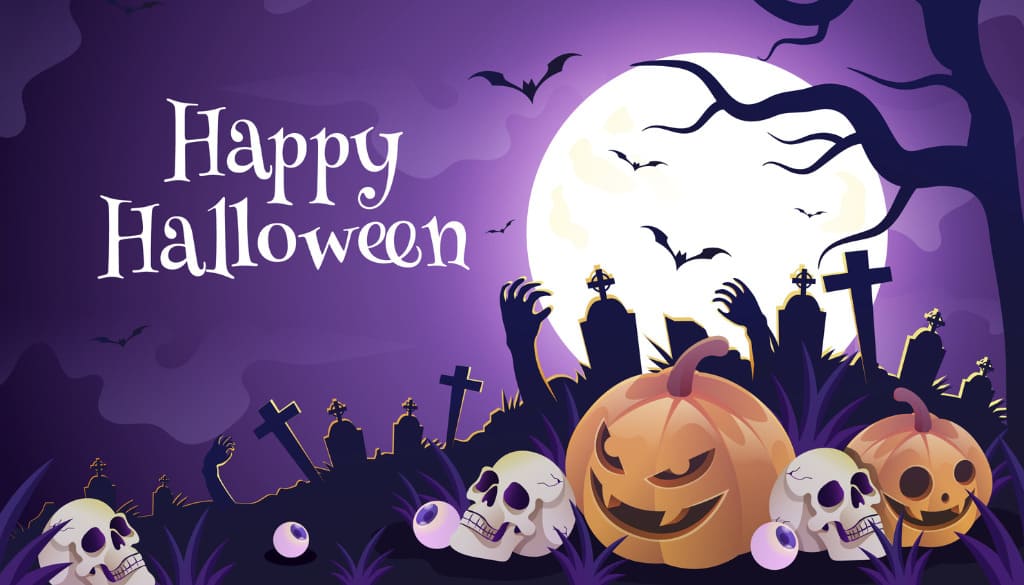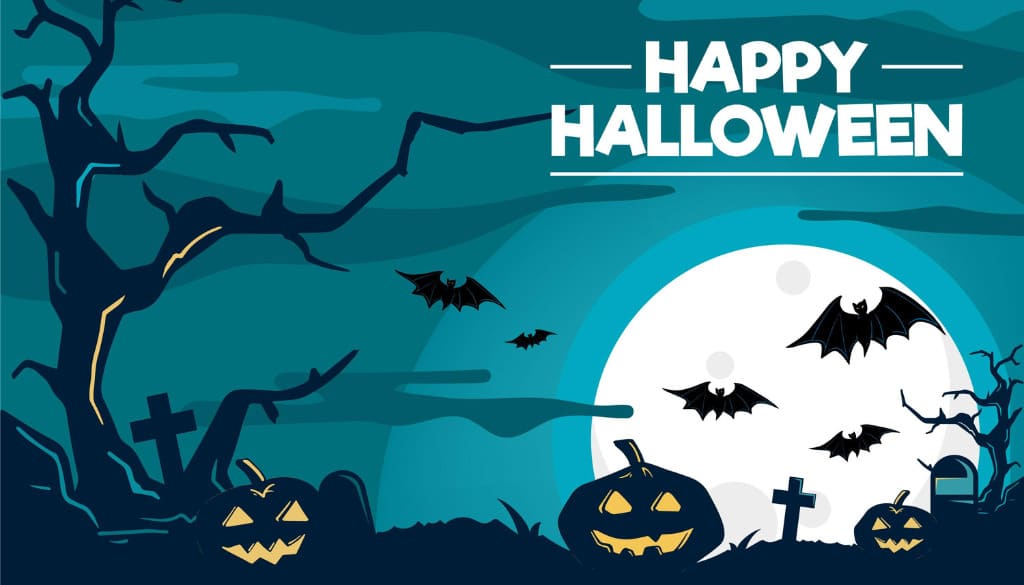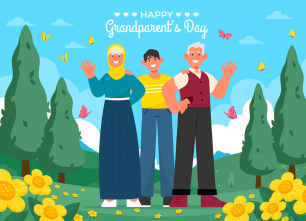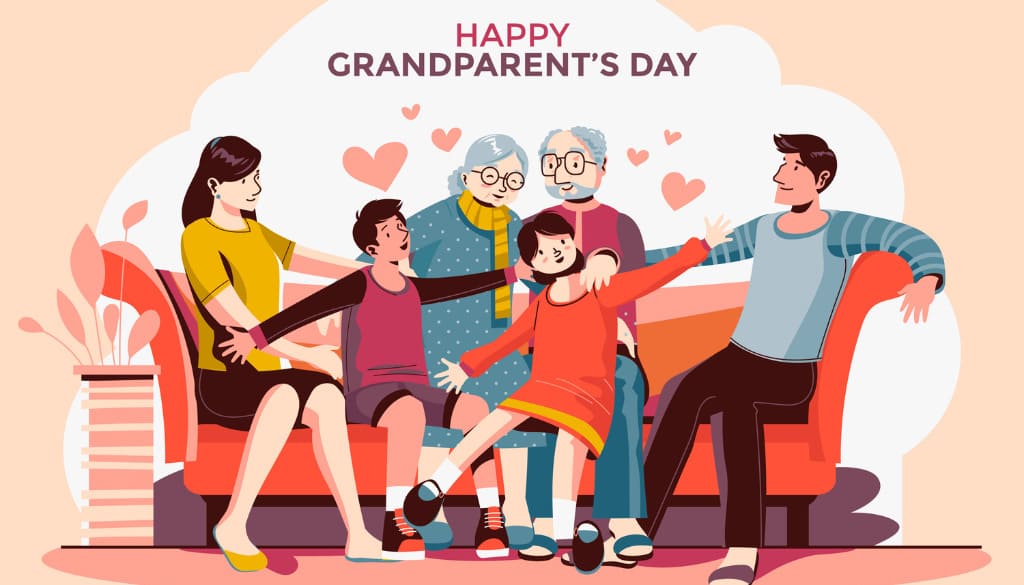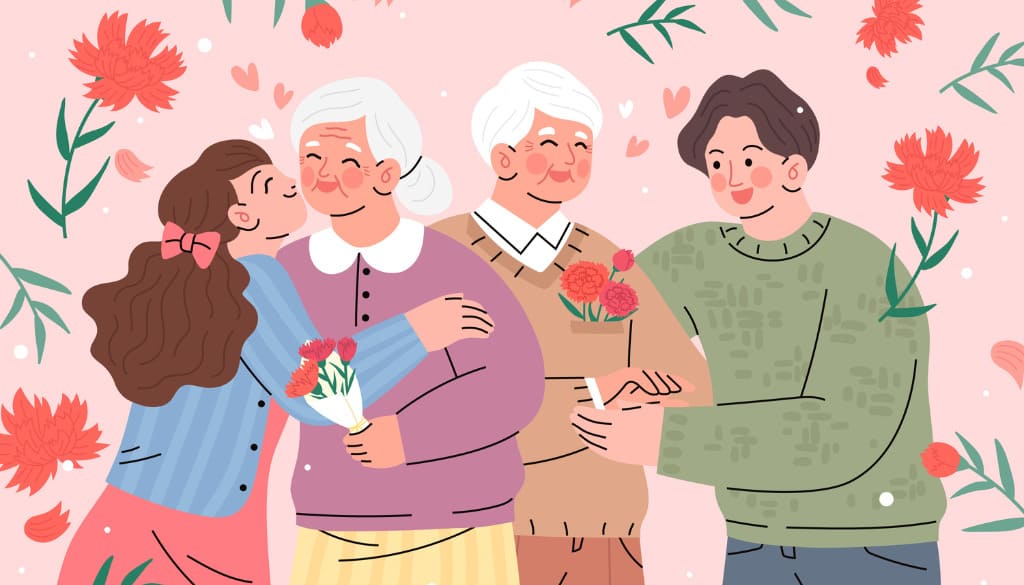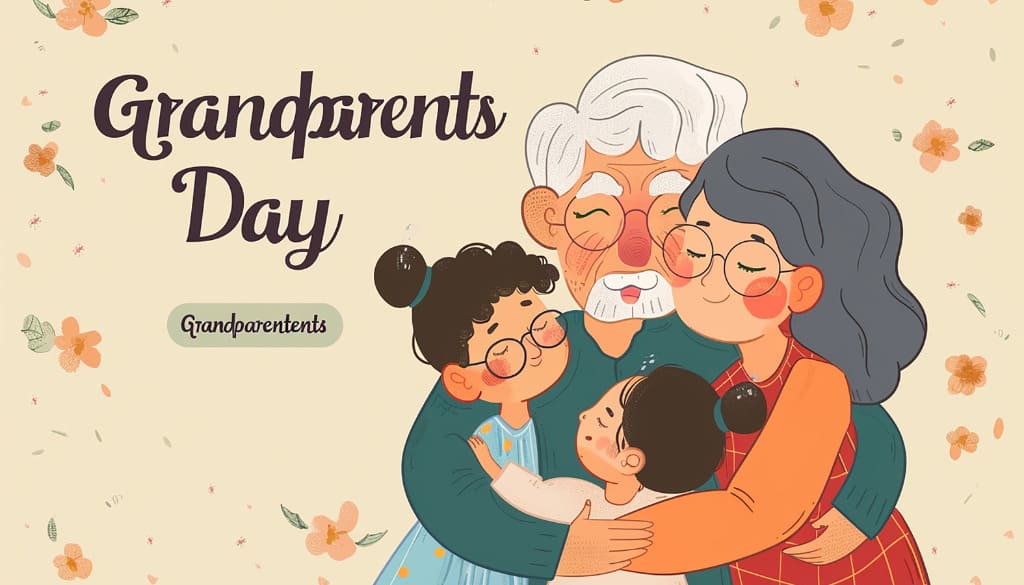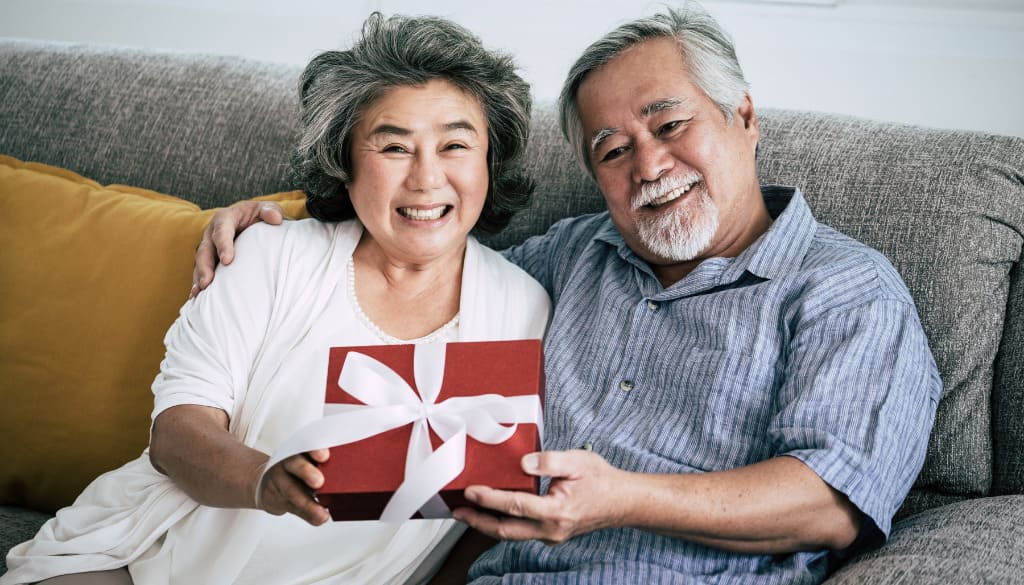T-shirts have always been a core product and consistently rank among the best-selling items on major e-commerce platforms like Amazon, Etsy, Shopify, TikTok Shop, and Walmart Marketplace. Their popularity comes from their versatility, ease of design, and appeal to a wide range of customer segments. However, to maximize revenue and build a sustainable brand, sellers need to go beyond just creating visually appealing designs. Choosing high-quality print on demand (POD) t-shirt models that meet the preferences and standards of the target market is equally crucial. In this article, FlashShip will share the top best print on demand t-shirts models available today, helping sellers confidently select the most optimal products to enhance customer experience and achieve exceptional profit growth.
Criteria for Evaluating the Best Print on Demand T-Shirts

Before choosing a t-shirt model to sell, sellers need to understand the key evaluation criteria to ensure the product meets quality standards and delivers the best experience for customers.
Fabric Quality
Fabric is the first and most important factor, influencing everything from comfort and durability to print quality.
100% Cotton
This is the classic and most popular choice. However, not all types of cotton are created equal:
- Ring-Spun Cotton:
Considered the “gold standard” in the t-shirt printing industry, especially for Direct-to-Garment (DTG) printing. During the ring-spinning process, shorter and coarser cotton fibers are removed, while longer fibers are twisted together. This results in a fabric that is extremely soft, smooth, and durable. Ring-spun cotton provides a perfect surface for DTG inks, resulting in sharper, more vibrant, and detailed prints. - Standard Cotton / Open-End Cotton:
Produced more quickly and cost-effectively without the ring-spinning process. This fabric feels rougher, heavier, and has a less smooth surface. While it’s cheaper, it may not provide the best customer experience, and print quality can be less consistent. - Organic Cotton:
Grown without pesticides or chemical fertilizers, organic cotton is a perfect choice for sustainable and eco-friendly brands. It serves as a powerful marketing advantage, appealing to environmentally conscious customers who are willing to pay a premium for greener products.
Polyester
Polyester is a synthetic fiber known for its high durability, wrinkle resistance, shrink resistance, and excellent moisture-wicking properties. It is the top choice for activewear and sports apparel. When it comes to printing, polyester works best with sublimation printing, allowing full-coverage, vibrant, and permanent designs that never fade. However, polyester is not suitable for DTG printing.
Cotton/Polyester Blends
Blended fabrics combine the benefits of both worlds:
- 50/50 Cotton/Poly Blend:
A classic mix that produces a soft, breathable, and durable shirt with less shrinkage compared to 100% cotton. It offers a slightly retro feel that many customers love. - Tri-Blends (Cotton, Polyester, Rayon):
Known for premium softness and comfort, tri-blends are lightweight, stretchy, and feature rayon—a semi-synthetic fiber that adds drape and a silky-smooth texture. These shirts often have a trendy heathered (speckled) look. However, printing on tri-blend fabrics can be more challenging and requires experienced printers to ensure accurate color results.
By carefully considering these fabric criteria, sellers can select the most suitable t-shirt models that align with their brand’s quality goals and customer expectations.
Fabric Weight
Fabric weight, typically measured in GSM (grams per square meter) or oz/yd², indicates the thickness and density of a t-shirt. Understanding fabric weight helps sellers choose the right shirt for different styles, climates, and customer preferences.
- Lightweight (Under 150 GSM):
Offers a very airy and breathable feel, making it ideal for summer apparel or designs that require a soft, flowy texture. Perfect for warm climates and casual, relaxed looks. - Midweight (150–180 GSM):
Considered the “sweet spot” for most POD sellers. It strikes the perfect balance between durability, comfort, and cost. These shirts are thick enough to feel premium and durable, yet light enough for year-round wear. - Heavyweight (Over 180 GSM):
These shirts provide a premium, sturdy, and substantial feel. Highly popular in streetwear, hip-hop fashion, and brands that aim to project a bold, classic image. The heavier fabric gives a high-end look and enhances the perceived value of the product.
Printability
A great design can be completely ruined by a poor print surface. The smoother and tighter the fabric weave, the better the ink adhesion and the sharper the printed details. As mentioned earlier, 100% ring-spun cotton is generally the best choice for DTG (Direct-to-Garment) printing because it provides a smooth, even surface.
The shirt color also plays an important role:
- Printing on white or light-colored shirts typically produces the most accurate and vibrant colors while being more cost-effective.
- Dark-colored shirts, on the other hand, require a white underbase layer, which adds complexity and increases production costs.
Style and Construction
- Side-Seamed vs. Tubular Construction:
- Tubular shirts are woven as a single tube and then finished with sleeves and collars. They are quicker and cheaper to produce, but often result in a less flattering fit and may twist or lose shape after several washes.
- Side-seamed shirts are cut from separate fabric panels and stitched together, providing a more structured, flattering fit. This is a hallmark of higher-quality apparel.
- Fit Options:
- Unisex Fit: A versatile and safe choice suitable for both men and women.
- Men’s Fit: Features broader shoulders and a longer torso, ideal for a masculine silhouette.
- Women’s Fit: More tailored, with a tapered waist and shorter sleeves to complement the female form.
Offering multiple fit options can give your brand a competitive edge, especially if you are targeting niche markets.
- Additional Details to Consider:
- Neckline Finish: Ensure the neckline is sturdy and retains its shape after washing.
- Double-Needle Stitching: Reinforced stitching at the collar, sleeves, and hem increases durability and longevity.
- Tear-Away Labels: A huge plus for branding, as they allow you to easily replace the manufacturer’s tag with your own custom label, giving your product a more professional and branded appearance.
Top Popular POD T-Shirt Models Most Chosen by Sellers Today
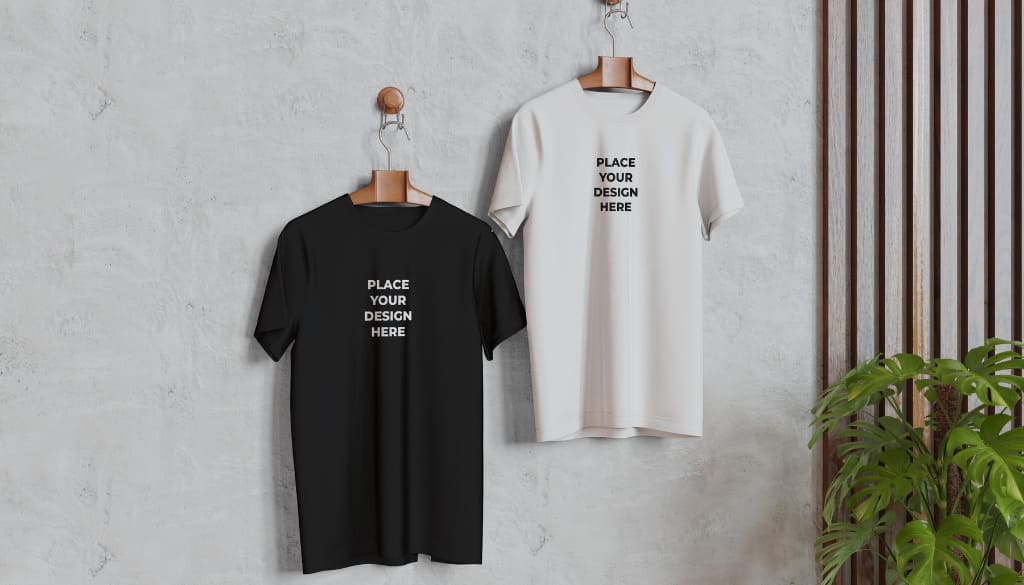
Below is a list of the most popular POD t-shirt models among sellers, selected based on quality, popularity, and business performance.
Gildan 5000 – Basic Unisex T-Shirt
The Gildan 5000 is a basic model, ideal for sellers who are just starting their POD business.
- Material: 100% Cotton or cotton blend depending on the color, providing durability and comfort.
- Strengths:
- Low cost, perfect for market testing or running marketing campaigns.
- Widely used and easy to sell on major platforms like Amazon and Etsy.
- Classic unisex fit suitable for both men and women.
- Best For:
Simple designs such as typography, logos, or basic graphics.
A perfect entry-level product for beginners.
Bella Canvas 3001 – Premium Unisex T-Shirt
The Bella Canvas 3001 is an excellent choice for the premium customer segment, offering higher quality and a better wearing experience.
- Material: 100% Airlume Combed & Ring-Spun Cotton for a soft, smooth, and breathable feel.
- Strengths:
- Premium, lightweight fabric that is gentle on the skin.
- Produces sharp, accurate, and long-lasting prints.
- Suitable for markets that demand high product quality.
- Best For:
Modern fashion designs, minimalist styles, and seasonal collections.
Comfort Colors 1717 – Vintage Garment-Dyed T-Shirt
The Comfort Colors 1717 stands out for its unique vintage garment-dyed effect, making it a favorite in the streetwear scene.
- Material: 100% garment-dyed cotton, thick and durable.
- Strengths:
- Trendy vintage look with naturally washed, faded colors.
- Very popular among young streetwear enthusiasts.
- Best For:
Retro, streetwear designs or limited-edition collections.
Colortone 1300 – Tie-Dye T-Shirt
The Colortone 1300 is perfect for special occasions thanks to its bold and artistic tie-dye patterns.
- Material: 100% Cotton, soft and comfortable to wear.
- Strengths:
- Unique, artistic tie-dye designs that stand out.
- Highly appealing during festivals or special events.
- Best For:
Music festivals, outdoor events, or exclusive promotional campaigns.
Gildan 5000B – Youth Heavy Cotton T-Shirt
The Gildan 5000B is specifically designed for kids, helping sellers expand their customer base.
- Material: 100% Cotton, safe and gentle on children’s skin.
- Strengths:
- Classic fit that allows comfort and ease of movement.
- Meets seasonal family shopping needs, especially during holidays.
- Best For:
Fun, family-themed designs for occasions like Halloween and Christmas.
Gildan 18500 – Unisex Hoodie
Beyond t-shirts, hoodies are also top-selling POD products, especially in the winter season.
- Material: 50% Cotton – 50% Polyester, warm and durable.
- Strengths:
- Large print area, ideal for detailed and intricate designs.
- Strong sales during winter and festive periods.
- Best For:
Often paired with t-shirts in bundle offers to increase Average Order Value (AOV).

Comparison of Popular POD T-Shirt Models
|
Model |
Material |
Base Price (USD) |
Softness |
Target Audience |
Popularity |
|
Gildan 5000 |
100% Cotton |
5.50 |
Medium |
Beginners, market testing |
★★★★★ |
|
Bella Canvas 3001 |
100% Ring-Spun Cotton |
7.99 |
High |
Premium customers |
★★★★☆ |
|
Comfort Colors 1717 |
100% Garment-Dyed Cotton |
9.09 |
High |
Streetwear, vintage style |
★★★★☆ |
|
Colortone 1300 |
100% Cotton Tie-Dye |
8.50 |
Medium |
Unique designs, festivals |
★★★☆☆ |
|
Gildan 5000B |
100% Cotton |
5.00 |
Medium |
Kids market |
★★★★☆ |
|
Gildan 18500 |
50/50 Cotton-Polyester |
15.00 |
High |
Winter season, bundle sales |
★★★★★ |
Benefits of Choosing the Best Print on Demand T-Shirts
Investing in a high-quality blank t-shirt isn’t just an expense — it’s a long-term investment that brings sustainable profits to your POD business.
Enhance Customer Satisfaction and Loyalty
When customers open their package and feel the softness of the fabric, notice the perfect fit, and see a crisp, vibrant print, they instantly know their purchase was worth it.
This positive first impression is a key factor in turning one-time buyers into loyal customers who return for future purchases and voluntarily promote your brand through word-of-mouth marketing.
Reduce Returns and Negative Reviews
“Too thin,” “stiff fabric,” or “print peeled after one wash” — these are the most common complaints that lead to returns and one-star reviews. By choosing a high-quality t-shirt from the start, you eliminate most of these issues, helping you save on return processing costs and protect your brand reputation.
Build a Premium Brand Image
The physical quality of your product speaks volumes about your brand. For instance, a premium Bella + Canvas shirt naturally positions your brand in a higher market segment compared to a basic Gildan shirt. This allows you to confidently set higher prices that match the quality and value you provide to customers.
Optimize Print Quality
No matter how great your design is, it will fall flat if printed on a low-quality surface. A good blank shirt ensures superior print results. The smooth surface of a high-quality fabric brings your design to life with vibrant colors, sharp details, and accurate reproduction, truly showcasing the artistic value and effort you put into each product.
How to Choose a Reliable POD Supplier for T-Shirts
You’ve selected the perfect t-shirt model, but the game isn’t over yet. Choosing the right production and fulfillment partner is equally important to ensure smooth operations and customer satisfaction.
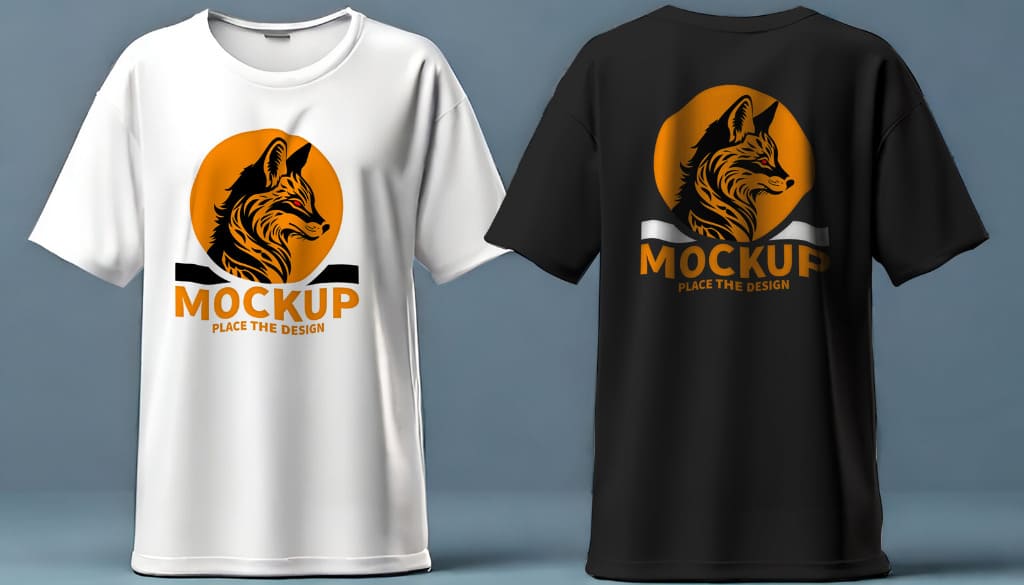
Consistent Print Quality
This should always be your top priority.
- Request sample orders so you can personally check the print quality and color durability after washing.
- Don’t hesitate to read reviews, watch videos, and look at real product photos from other sellers who have used their services.
- Consistency is key, even one bad batch can hurt your shop’s reputation.
Diverse Product Catalog
Does the supplier offer the t-shirt models you plan to sell?
- A partner with a wide product range, from Gildan and Bella + Canvas to Comfort Colors, gives you the flexibility to experiment with different product lines.
- This variety allows you to expand your catalog and adapt to future market trends without switching suppliers.
Turnaround & Shipping Time
In the world of e-commerce, speed is everything. Customers don’t want to wait too long for their orders.
- Check the average production time (turnaround time) it takes for the supplier to print and prepare a shirt.
- Understand their estimated shipping time to ensure realistic delivery expectations.
- This is where reliable shipping services like FlashShip.net make a difference.
- Once your POD partner finishes production, a fast and efficient shipping network becomes the final link in the chain, delivering products to customers quickly and seamlessly, enhancing their overall shopping experience.
Pricing and Cost Structure
Compare pricing carefully:
- Blank t-shirt costs,
- Printing costs (for both light and dark shirts),
- Shipping fees,
- And any other additional charges.
Make sure everything is transparent to avoid hidden fees.
Some suppliers offer monthly subscription plans with better product pricing, which can be worthwhile if you have high order volumes.
Customer Service and Support Policies
Problems will happen, such as misprints, wrong sizes shipped, or lost packages. The real test is how your supplier handles these issues.
- A responsive support team that communicates clearly and quickly is essential.
- Look for clear refund or reprint policies to ensure you can resolve problems efficiently, keeping your customers happy and protecting your store’s reputation.
By carefully evaluating these factors, you can choose a reliable POD supplier who not only meets your production needs but also helps your business scale smoothly and professionally.
In the Print-on-Demand business, choosing the right t-shirt model not only helps sellers optimize costs but also enhances the customer experience and builds a sustainable brand. Popular models such as Gildan 5000, Bella Canvas 3001, Comfort Colors 1717, and Gildan 18500 have proven effective in increasing conversion rates and reducing return risks. When combined with a well-planned design strategy, sellers can maximize their revenue potential, especially during peak sales seasons.
However, selecting the right fulfillment partner is equally important. FlashShip provides a comprehensive POD fulfillment solution, specifically designed for the U.S. market. Our end-to-end process covers production, packaging, shipping, and brand customization, ensuring every order is handled with precision. With fast operations, high-quality printing, and dedicated support services, FlashShip helps sellers confidently scale their business and grow sustainably.
Sign up today at https://seller.flashship.net or contact our hotline at (+84) 943 024 337 for personalized consultation and start building a successful, long-term POD business with FlashShip.
Read more articles:
